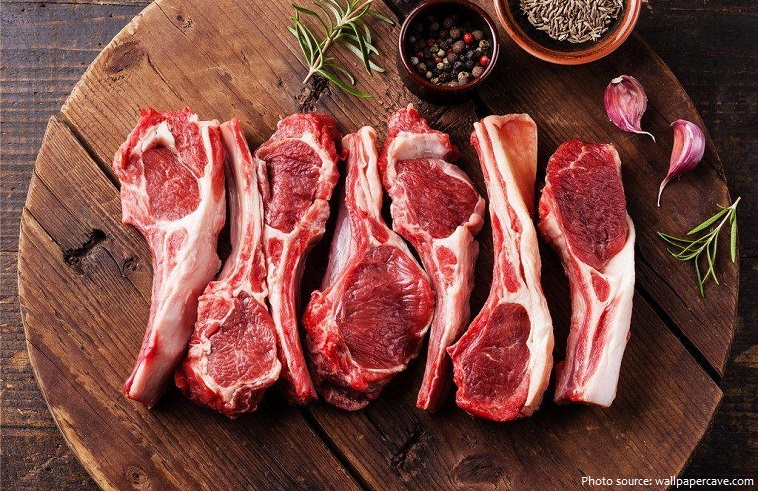
Lamb and mutton, generically sheep meat, are the meat of domestic sheep.
You might be thinking that lamb and mutton are just different names for the same thing because they are both domestic sheep. While that seems to make sense, it isn’t entirely correct. They have distinct differences, mainly in their age.
A sheep in its first year is a lamb and its meat is also lamb. There is little fat on lamb, and the meat can vary in color from a tender pink to a pale red.
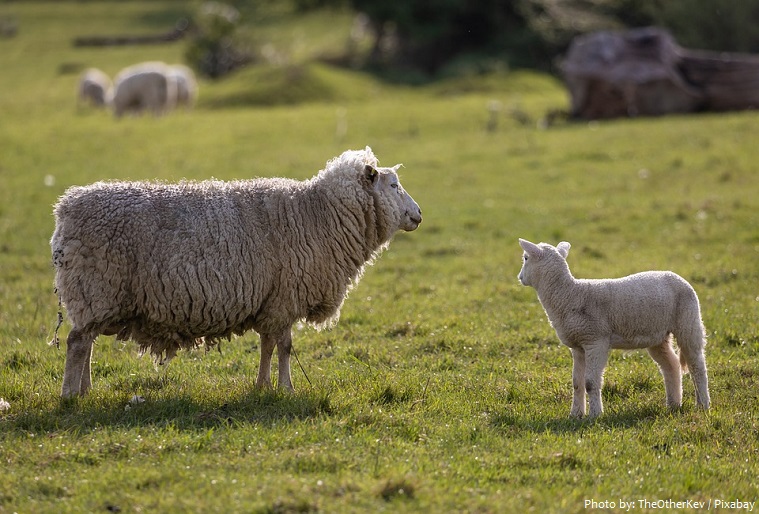
Mutton is meat from a sheep that is older than 1 year, ideally 3 years old. It is an intense red color and contains a considerable amount of fat. Its flavor is very strong, and you might have to acquire the taste before being able to enjoy a meal of mutton if you’re an American.
Meat from sheep features prominently in the cuisines of several Mediterranean cultures including Greece, Turkey, North Africa, Jordan, and the Middle East, as well as in the cuisines of Pakistan and Afghanistan.
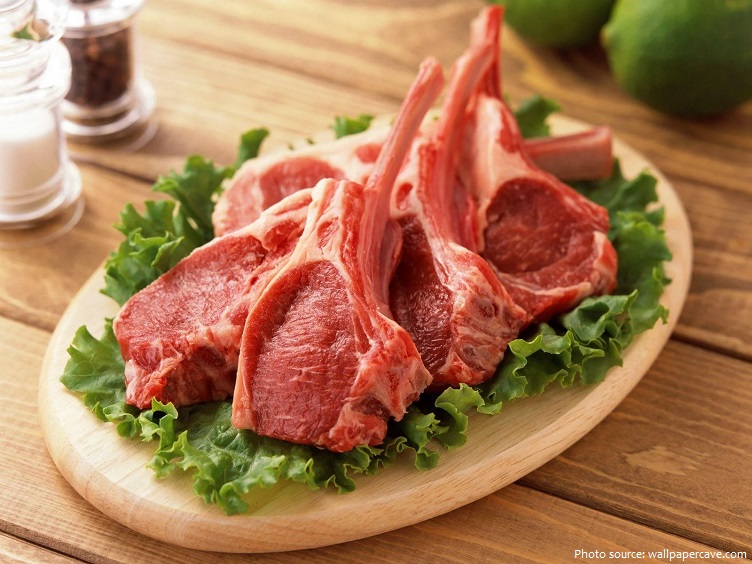
In Greece, it is an integral component of many meals and of religious feasts such as Easter (see avgolemono, magiritsa).
In the United States, the Navajo have incorporated mutton and lamb into their traditional cuisine since the introduction of sheep by Spanish explorers and settlers in the 17th century, replacing wild turkey and
venison and creating a pastoral culture.
In Northern Europe, mutton and lamb feature in many traditional dishes, including those of Iceland, Norway and of the United Kingdom, particularly in the western and northern uplands, Scotland and Wales.
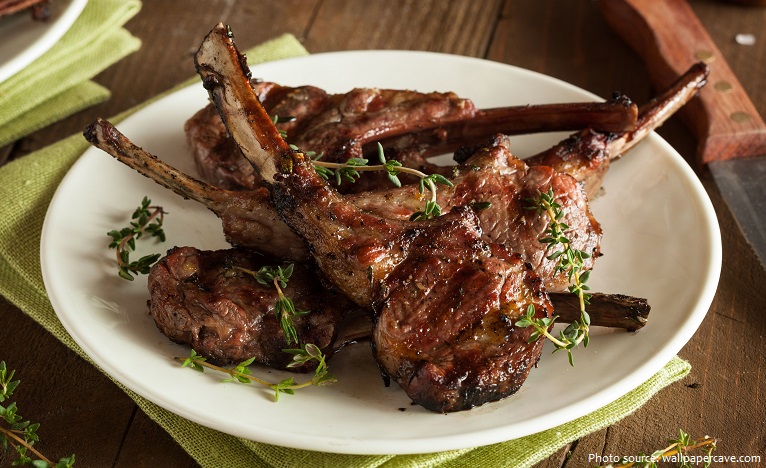
Mutton used to be an important part of Hungarian cuisine due to strong pastoral traditions but began to be increasingly looked down on with the spread of urbanisation. Mutton is also popular in Australia.
Lamb and mutton are very popular in Central Asia and in certain parts of China, where other red meats may be eschewed for religious or economic reasons.
Barbecued mutton is also a specialty in some areas of the United States (chiefly Owensboro, Kentucky) and Canada. However, meat from sheep is generally consumed far less in the US than in many European, Central American and Asian cuisines; for example, average per-capita consumption of lamb in the United States is only 400 grams (14 oz) per year.
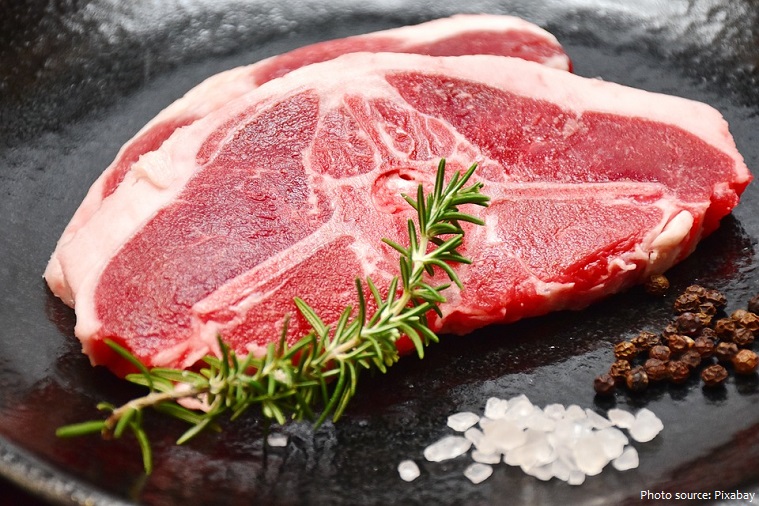
The traditional British lamb roast is distinguished by a fresh mint sauce. Lamb also plays an important part in classic French cuisine – unlike American- or English-style preparation, however, French recipes often call for shorter cooking times, yielding rare or pinkish meat.
In Australia, the leg of lamb roast is considered to be the national dish. Commonly served on a Sunday or any other special occasion, it can be done in a kettle BBQ or a conventional oven. Typical preparation involves covering the leg of lamb with butter, pushing rosemary sprigs into incisions cut in the leg, and sprinkling rosemary leaves on top. The lamb is then roasted for two hours at 180 °C (350 °F) and typically served with carrots and potato (also roasted), green vegetables and gravy.

In Mexico, lamb is the meat of choice for the popular barbacoa dish, in which the lamb is roasted or steamed wrapped in maguey leaves underground.
In Japan, although lamb is not traditionally consumed in most of the country, on the Northern island of Hokkaido and North-eastern Tohoku regions, a hot pot dish called Jingisukan (i.e. “Genghis Khan”) is popular. In that dish, thin-sliced lamb is cooked over a convex skillet alongside various vegetables and mushrooms in front of the diners, then dipped in soy-sauce based dipping sauces and eaten. It was so named because lamb is popular in Mongolia (see “Sheep meat consumption” above).
According to the American Lamb Association, the three most common cooking methods for lamb are grilling, braising, and roasting. Grilling (or barbecuing) over hot coals is great for burgers and lamb chops. The lamb association recommends dry brining and salting the meat for about 40 minutes before cooking to help break down the proteins.
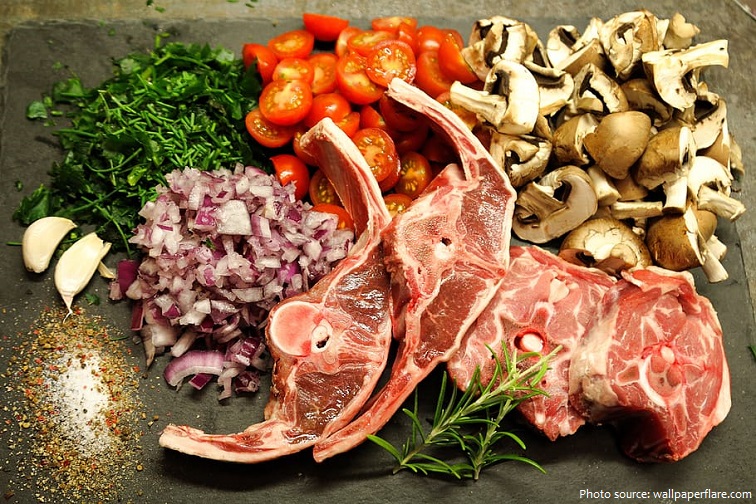
Lamb’s fry is lamb offal served as food, including the testicles, liver, sweetbreads, heart, kidneys, and sometimes the brain and abdominal fat—or some combination of these.
Lamb’s liver is eaten in many countries. It is the most common form of offal eaten in the UK, traditionally used in the family favourite (and pub grub staple) of liver with onions and/or bacon and mashed potatoes. It is a major ingredient, along with the lungs and heart (the pluck), in the traditional Scottish dish of haggis.
Lamb testicles or lamb fries are a delicacy in many parts of the world.
Lamb kidneys are found in many cuisines across Europe and the Middle East, often split into two halves and grilled (on kebabs in the Middle East), or sautéed in a sauce. They are generally the most highly regarded of all kidneys.

Lamb sweetbreads are a delicacy in many cuisines.
Lamb is a rich source of many vitamins including vitamin B1, vitamin B2 and vitamin E. Surprisingly, meats consists of many vitamins, but lamb meat includes vitamins that are particularly good for the skin. In addition, vitamins in lamb help nutrients transform into energy smoothly, and prevent fat storage. Therefore, lamb meat is great for a healthy diet.
The primary lamb and mutton consuming countries (on a per capita basis) are New Zealand, Australia, Greece, Uruguay, and Ireland.